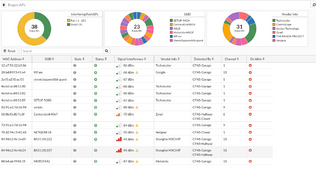I started with pfsense then moved to opnsense you would think that two systems built on freebsd by exactly the same initial developers would be practically the same but opnsense had a different way of building firewall rules, took me ages to get used to it. Now days I only log into it for updates, the odd addition to the static IP tables and to copy and paste a firewall rule to update something so I've practically forgotten everything.I feel like PFSense is great but there seems to be a bit of a learning curve to it. I've set up so many routers, port forwarding, the firewall rules to make it work, etc etc, but for some reason I've fought my PFSense box a little bit on it. I also have not sat down for more than 5 minutes to tinker with it either, but it seems a little less straightforward than most others I've dealt with, for some reason.
Maybe I'm just rusty since I've been out of that world for a few years. Amazing how quick some stuff fades when you're not working with it day in and day out.
It works so I leave it be, any issues with things on the network or access points are typically fixed with the age old trick of switch it off and on.




